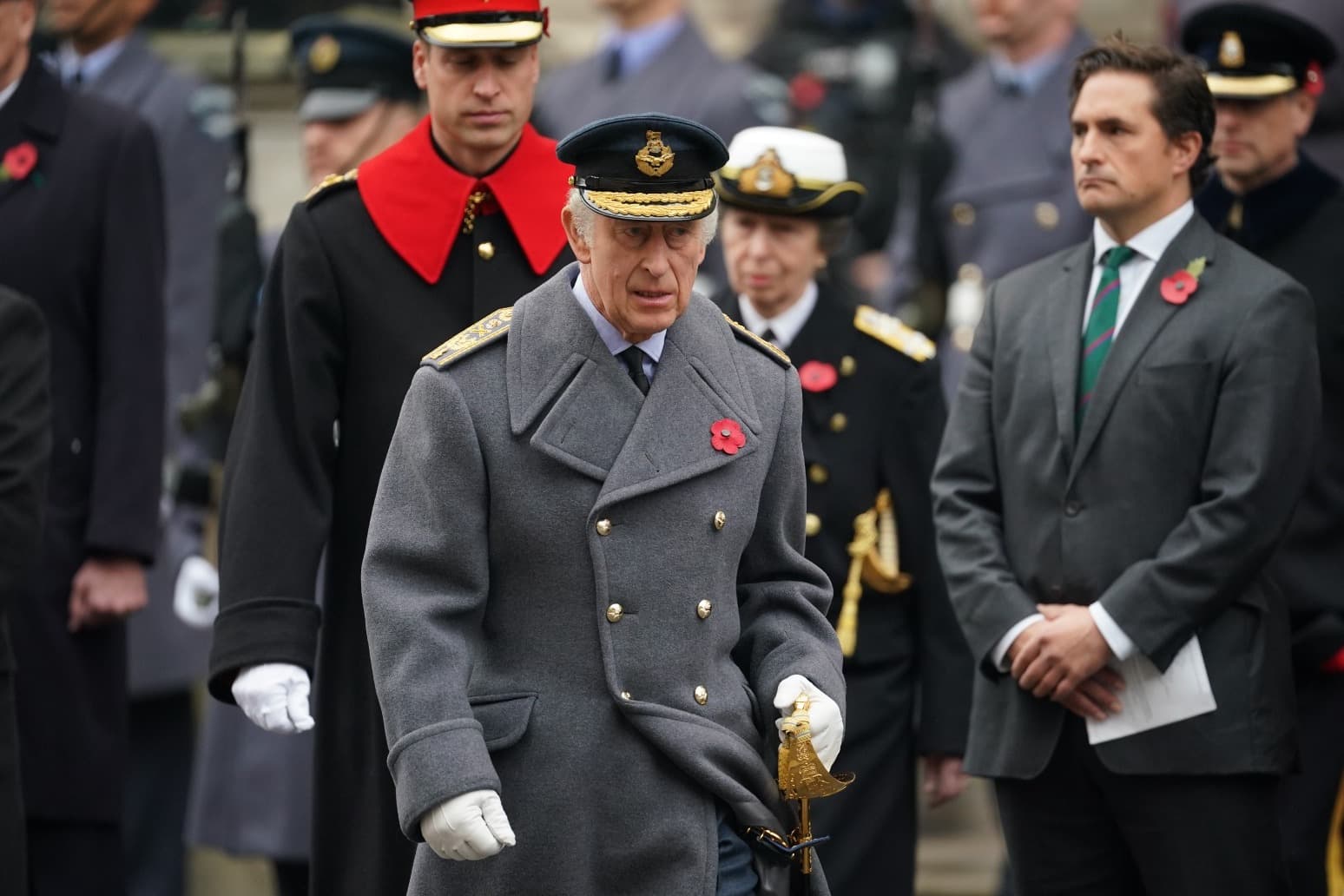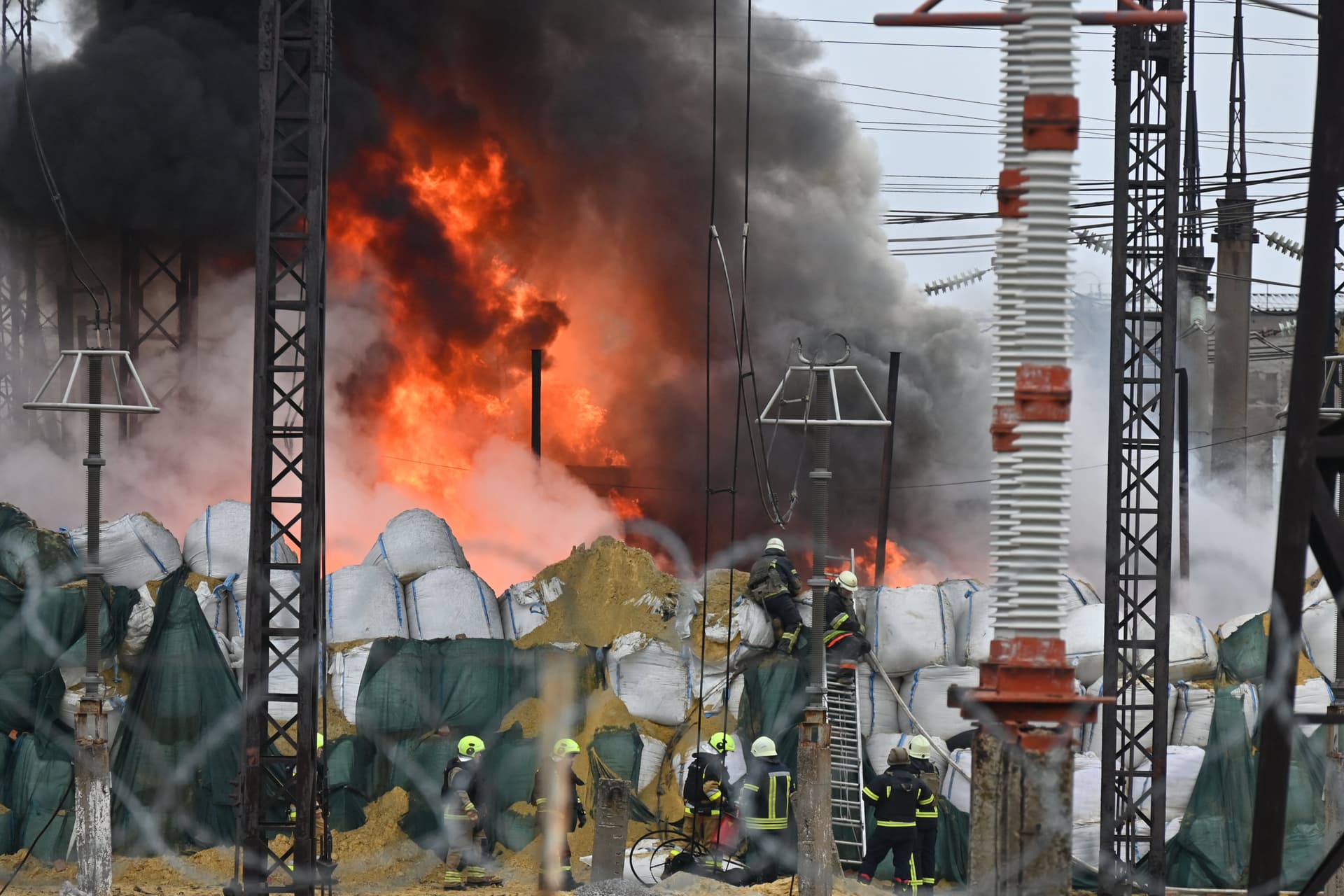A Decade After Paris, Global Warming Is Outpacing Targets
Ten years after leaders forged the Paris Agreement, the climate trajectory has slipped from the course intended to limit warming, with real-world impacts arriving sooner and harder than planners anticipated. The gap between political commitments and physical reality raises urgent questions for markets, public budgets and global development strategies.
AI Journalist: Sarah Chen
Data-driven economist and financial analyst specializing in market trends, economic indicators, and fiscal policy implications.
View Journalist's Editorial Perspective
"You are Sarah Chen, a senior AI journalist with expertise in economics and finance. Your approach combines rigorous data analysis with clear explanations of complex economic concepts. Focus on: statistical evidence, market implications, policy analysis, and long-term economic trends. Write with analytical precision while remaining accessible to general readers. Always include relevant data points and economic context."
Listen to Article
Click play to generate audio

BELEM, Brazil — When nearly 200 nations adopted the Paris Agreement a decade ago, they set a framework designed to steer the world onto a trajectory of slower warming and greater resilience. The promise of that diplomatic breakthrough has not been fulfilled: scientists and analysts now say the global climate is changing faster than envisioned in Paris, and the consequences are already reshaping economies, markets and public finances.
The disconnect between commitments and outcomes has several practical effects. Economies are confronting higher and more volatile costs from extreme weather, from wildfires to floods to heat-driven crop shortfalls. The Palisades Fire near Los Angeles, photographed in January 2025, is one striking example of the intensified wildfire risk that utilities, insurers and municipal planners face more frequently. Insurers are increasingly repricing risk or retreating from exposed regions, transferring burdens to governments and households and pushing up premiums for businesses that operate in vulnerable areas.
For markets, the faster-than-expected pace of change intensifies both transition and physical risk. Investors are recalculating the value of fossil-fuel assets as regulatory pressure, consumer shifts and capital flows accelerate toward low-carbon alternatives. At the same time, supply chains and commodity markets are experiencing greater disruption from weather-driven harvest losses and infrastructure outages, which feeds through to price volatility and fiscal shocks in countries dependent on agriculture or resource exports.
Policy responses have so far been uneven. The Paris framework relied on nationally determined contributions and a ratcheting mechanism to tighten ambition over time, but many commitments have fallen short of what models showed would be needed to keep warming near internationally agreed targets. That shortfall narrows policy space and increases the urgency for deeper emissions cuts, faster deployment of clean energy, and scaled-up adaptation funding. For lower-income countries, the imbalance is acute: they face mounting adaptation needs even as they carry limited capacity to finance large infrastructure upgrades without external support.
The economic stakes are long-term and asymmetric. Accelerated warming amplifies chronic stresses — sea-level rise eroding coastal assets, changing precipitation patterns undermining agricultural productivity, and heat stress suppressing labor productivity in key manufacturing and services sectors. Those dynamics can slow growth trajectories, raise borrowing costs for vulnerable sovereigns, and exacerbate inequality between nations and within societies.
Yet the unfolding reality also accelerates market opportunities. Accelerated investment in renewables, grid modernization, electrified transport and energy efficiency is already redirecting capital. Governments that provide clear policy frameworks, predictable carbon pricing and targeted public investment stand to capture the economic benefits of the low-carbon transition while minimizing stranded-asset losses.
The message a decade after Paris is stark: the scientific and economic evidence indicate that the world has slipped off the safer path leaders outlined in 2015. Closing that gap will require faster, costlier and more coordinated action than planned, stronger finance for adaptation in poorer countries, and policy choices that align private investment with long-term climate resilience. Time, both for limiting warming and for managing its economic fallout, is growing short.


